testing call to action

Table of Content
- Australia's Skilled Migration Pathways: A Guide to Subclasses 189, 190, and 491
- Subclass 189: Skilled Independent Visa
- Subclass 190: Skilled Nominated Visa
- Subclass 491: Skilled Work Regional (Provisional) Visa
Connect us
Australia's Skilled Migration Pathways: A Guide to Subclasses 189, 190, and 491
Australia has long been a top destination for skilled migrants seeking new opportunities and a high quality of life. The Australian government offers several pathways for skilled professionals to immigrate, with subclasses 189, 190, and 491 being among the most popular options. Each subclass has its unique requirements and benefits, catering to individuals with different skill sets, qualifications, and preferences. In this blog, we'll delve into the details of these three subclasses to help you understand which one might be the right fit for you.
Subclass 189: Skilled Independent Visa
The Subclass 189 visa is designed for skilled workers who have not been sponsored by an employer, a state, or a family member. This visa is points-tested, meaning applicants must meet a minimum points threshold based on factors such as age, English language proficiency, work experience, and qualifications. The Subclass 189 visa provides permanent residency status, allowing holders and their families to live and work anywhere in Australia.
One of the key advantages of the Subclass 189 visa is its flexibility, as it does not require sponsorship or nomination from a specific entity. This makes it an attractive option for skilled professionals who wish to have more control over their immigration process and career choices.
Subclass 190: Skilled Nominated Visa
The Subclass 190 visa is similar to the Subclass 189 visa, but with one significant difference – applicants must be nominated by a state or territory government agency in Australia. To be eligible for nomination, candidates typically need to demonstrate skills and experience that are in demand in a particular state or territory. Additionally, they must still meet the basic requirements for the Subclass 189 visa, including the points test.
One of the main benefits of the Subclass 190 visa is that it provides applicants with an additional pathway to permanent residency, as the nomination from a state or territory government can potentially boost their points score. This visa also encourages migrants to settle in regional areas, as many state and territory governments prioritize occupations that are needed outside of major cities.
Subclass 491: Skilled Work Regional (Provisional) Visa
Introduced in November 2019, the Subclass 491 visa is aimed at skilled workers who are willing to live and work in regional areas of Australia. This visa requires nomination by either a state or territory government agency or an eligible relative who is already living in a designated regional area. Similar to the Subclass 190 visa, applicants for the Subclass 491 visa must also meet the points test requirements.
The Subclass 491 visa is a provisional visa, meaning it grants temporary residency for up to five years. However, after living and working in a designated regional area for a certain period (usually three years), holders of this visa may be eligible to apply for permanent residency through the Subclass 191 visa, which is set to become available from November 2022.
Australia's Skilled Migration Pathways: A Guide to Subclasses 189, 190, and 491
Join now


